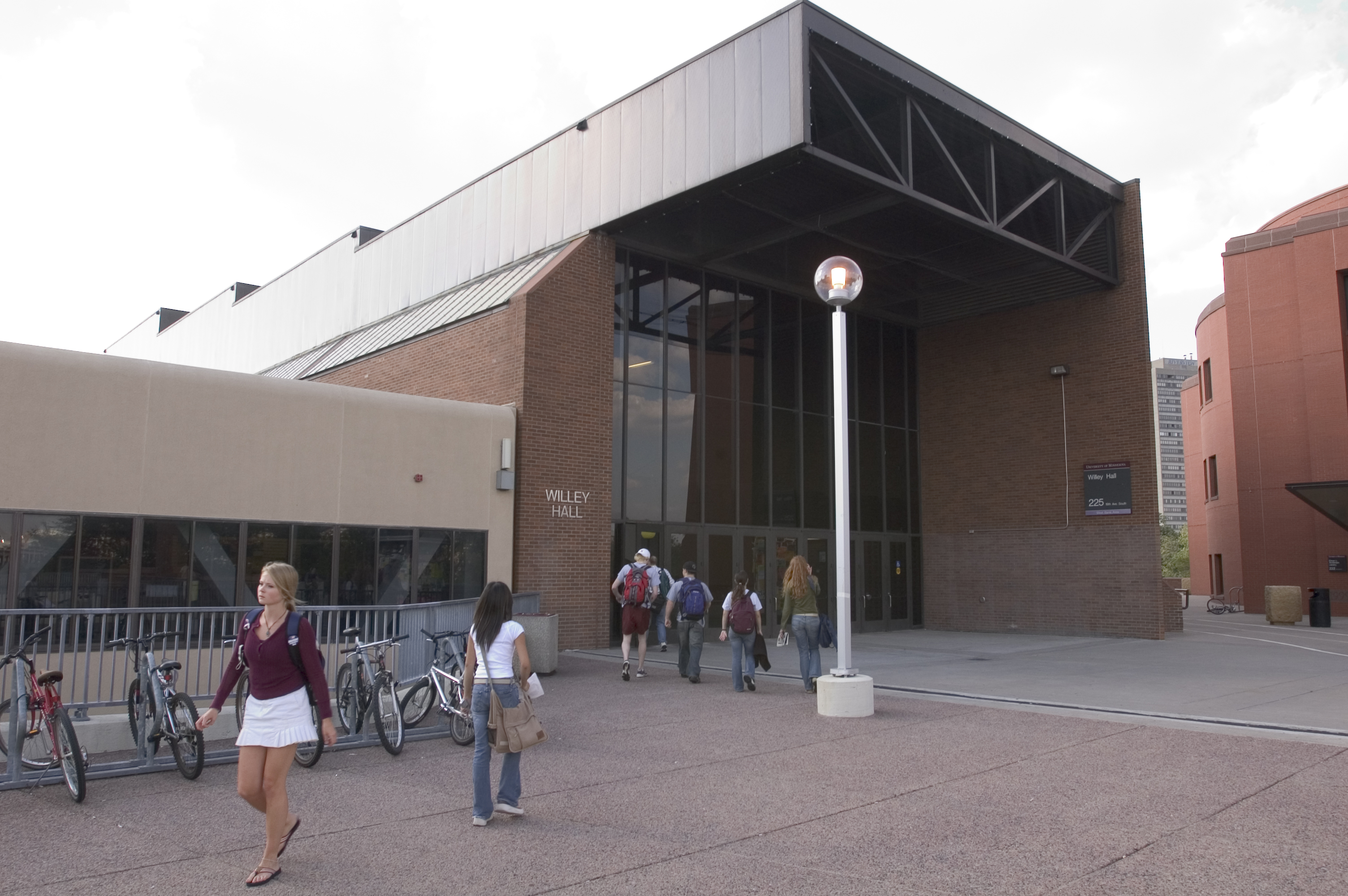 IPUMS is excited to announce the winners of its annual IPUMS Research Awards. These awards honor both published research and nominated graduate student papers from 2024 that use IPUMS data to advance or deepen our understanding of social and demographic processes.
IPUMS is excited to announce the winners of its annual IPUMS Research Awards. These awards honor both published research and nominated graduate student papers from 2024 that use IPUMS data to advance or deepen our understanding of social and demographic processes.
The 2024 competition awarded prizes for the best published and best graduate student research in eight categories, each associated with specific IPUMS data collections:
- IPUMS USA, providing data from the U.S. decennial censuses, the American Community Survey, and includes full count data, from 1850 to the present.
- IPUMS CPS, providing data from the monthly U.S. labor force survey, the Current Population Survey (CPS), from 1962 to the present.
- IPUMS International, providing harmonized data contributed by more than 100 international statistical office partners; it currently includes information on over 1 billion people in more than 547 censuses and surveys from around the world, from 1960 forward.
- IPUMS Health Surveys, which makes available the U.S. National Health Interview Survey (NHIS) and the Medical Expenditure Panel Survey (MEPS).
- IPUMS Spatial, covering IPUMS NHGIS, IPUMS IHGIS, and IPUMS CDOH. NHGIS includes GIS boundary files from 1790 to the present; IHGIS provides data tables from population and housing censuses as well as agricultural censuses from around the world; CDOH provides access to measures of disparities, policies, and counts, by state and county, for historically marginalized populations in the US.
- IPUMS Global Health, providing harmonized data from the Demographic and Health Surveys (DHS), Multiple Indicator Cluster Surveys (MICS), and the Performance Monitoring for Action (PMA) data series, for low and middle-income countries.
- IPUMS Time Use, providing time diary data from the U.S. and around the world from 1930 to the present.
- IPUMS Excellence in Research, The IPUMS mission of democratizing data is strengthened by broad representation among our data users and the research that we highlight. This award was created to recognize outstanding work using any of the IPUMS data collections by authors who belong to groups that are underrepresented in social science and population health research*.
Over 1,300 publications based on IPUMS data appeared in journals, magazines, and newspapers worldwide last year. From these publications and from nominated graduate student papers, the award committees selected the 2024 honorees.




